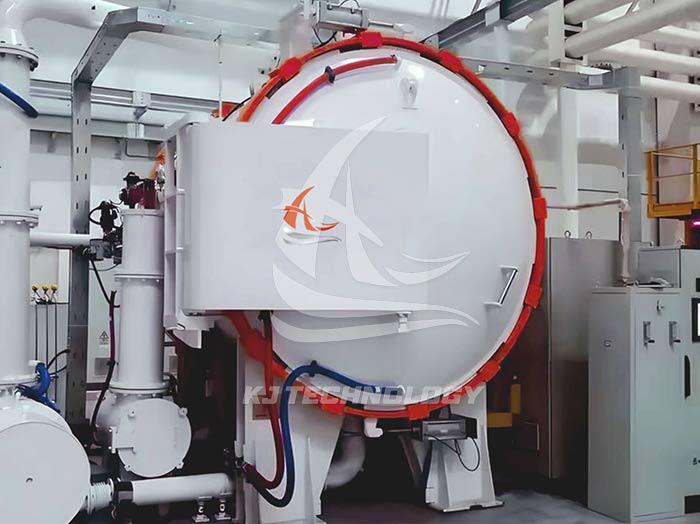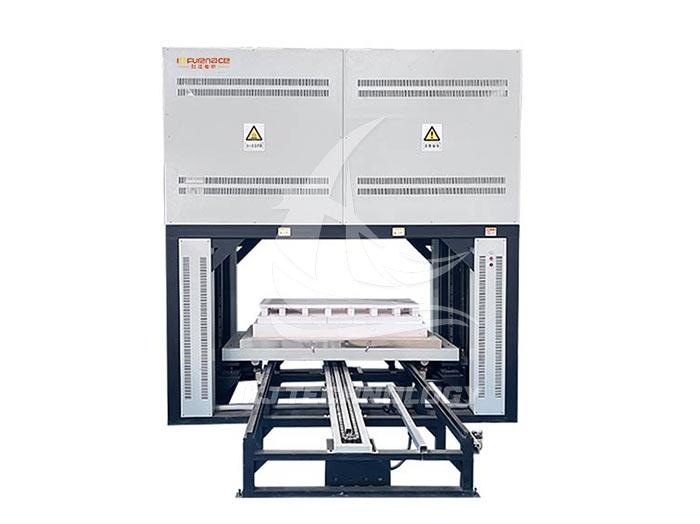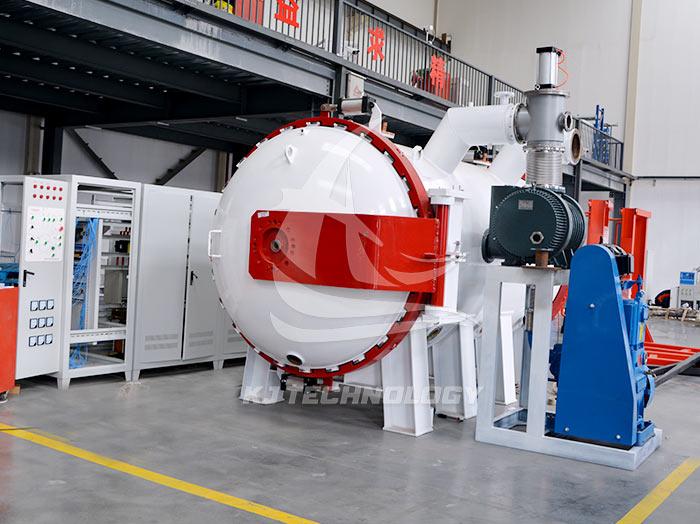Application fields of box type vacuum muffle furnace
 05-13-2025 Author: KJ technology
05-13-2025 Author: KJ technology
Box type vacuum muffle furnaces have important applications in multiple fields, and the following are some of the main application areas:
Material science
Nanomaterial preparation: High quality nanomaterials such as nano metal oxides, carbon nanotubes, etc. can be prepared by precisely controlling the temperature and atmosphere in an inert or vacuum environment. By adjusting the heating program and vacuum degree, the particle size, morphology, and crystal structure of nanomaterials can be controlled to meet different application requirements.
Research and development of new ceramic materials: For some high-performance ceramic materials, such as silicon nitride, silicon carbide, etc., sintering needs to be carried out under vacuum or specific atmosphere to eliminate impurities, improve density and performance. The box type vacuum muffle furnace can provide precise temperature control and stable vacuum environment, which helps researchers explore the preparation process and performance optimization of new ceramic materials.
Metal material heat treatment: used for vacuum annealing, quenching and other treatments of metal materials, which can avoid oxidation reactions between metal and oxygen in the air during heating, thereby obtaining better surface quality and mechanical properties. For example, vacuum heat treatment of metal materials such as stainless steel and titanium alloys can improve their corrosion resistance, hardness, and toughness.
Electronic industry
Semiconductor material processing: In the manufacturing process of semiconductor chips, it is necessary to perform high-temperature treatment on semiconductor materials such as silicon wafers, such as oxidation, diffusion, annealing, and other processes. The box type vacuum muffle furnace can provide a clean vacuum environment, prevent impurity contamination, accurately control temperature and atmosphere, and help improve the performance of semiconductor materials and the manufacturing accuracy of chips.
Sintering of electronic components: For some electronic components, such as multi-layer ceramic capacitors, chip resistors, etc., the sintering process in their manufacturing process needs to be carried out under vacuum or protective atmosphere to ensure the performance and reliability of the components. The box type vacuum muffle furnace can meet the sintering requirements of these electronic components, improve product quality and production efficiency.
In the field of new energy
Preparation of lithium battery materials: During the preparation process of positive electrode materials (such as lithium iron phosphate, ternary materials, etc.) and negative electrode materials (such as graphite, silicon-based materials, etc.) in lithium batteries, high-temperature calcination treatment is often required. The box type vacuum muffle furnace can provide precise temperature control and inert atmosphere protection, which helps optimize the crystal structure and performance of materials, improve the energy density, cycle life, and safety of lithium batteries.
Solar cell material processing: For materials such as silicon and cadmium telluride used in solar cells, heat treatment is required under specific temperature and atmosphere conditions during their preparation and processing to improve their photoelectric properties. The box type vacuum muffle furnace can provide the necessary process conditions for the research and production of solar cell materials, promoting the development of new energy technologies.
Analytical testing
Thermogravimetric analysis (TGA): In a thermogravimetric analyzer, a box type vacuum muffle furnace is used as a heating device to heat the sample under vacuum or a specific atmosphere, while accurately measuring the mass change of the sample during the heating process. It is used to study the thermal stability, decomposition process, oxidation behavior, etc. of materials.
Differential Scanning Calorimetry (DSC): Similar to thermogravimetric analysis, a box type vacuum muffle furnace provides a heating environment for the sample in a differential scanning calorimeter. By measuring the thermal changes of the sample during heating or cooling, it analyzes the thermal behavior of materials such as phase transition, crystallization, and melting, and is widely used in material performance research and quality control.








